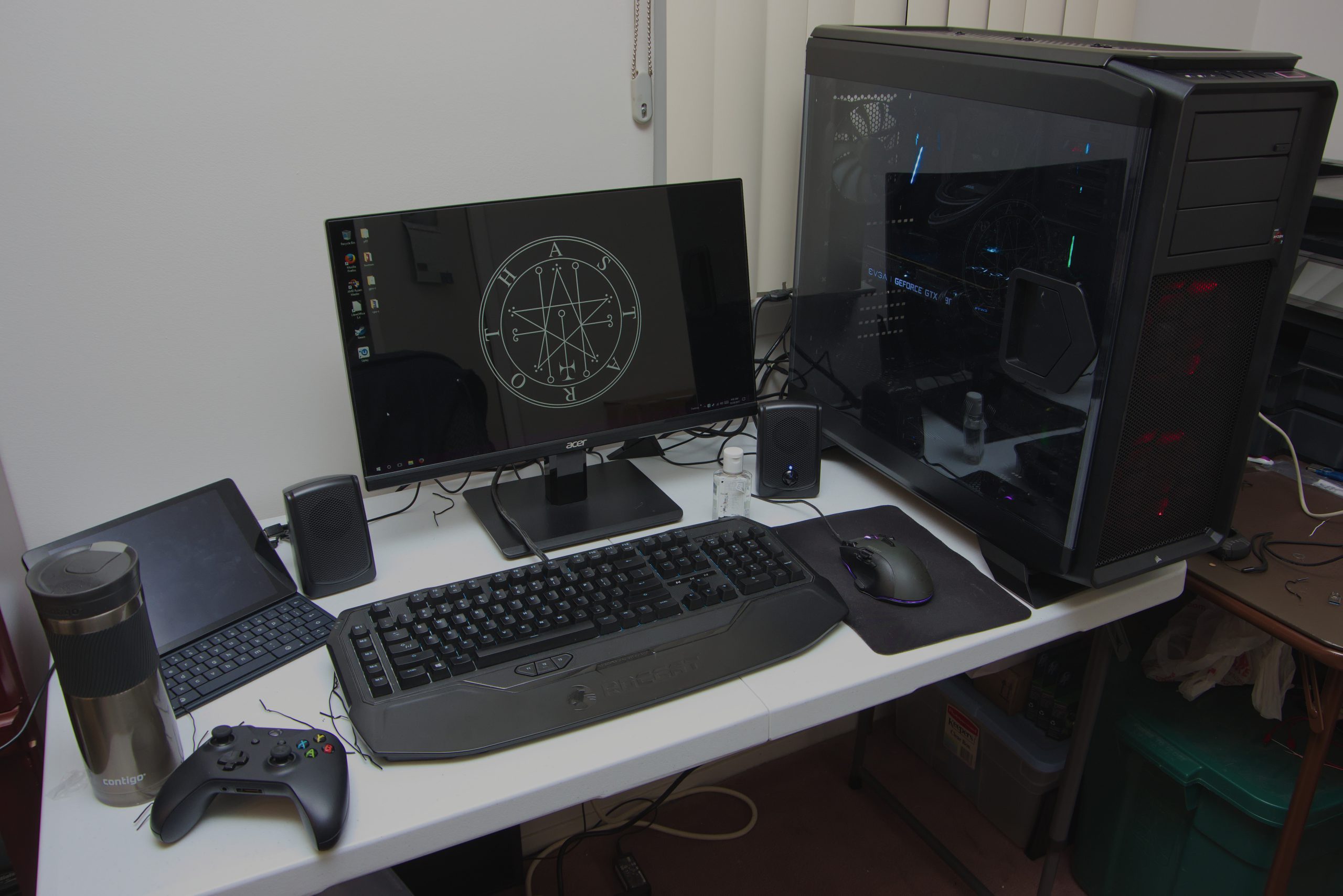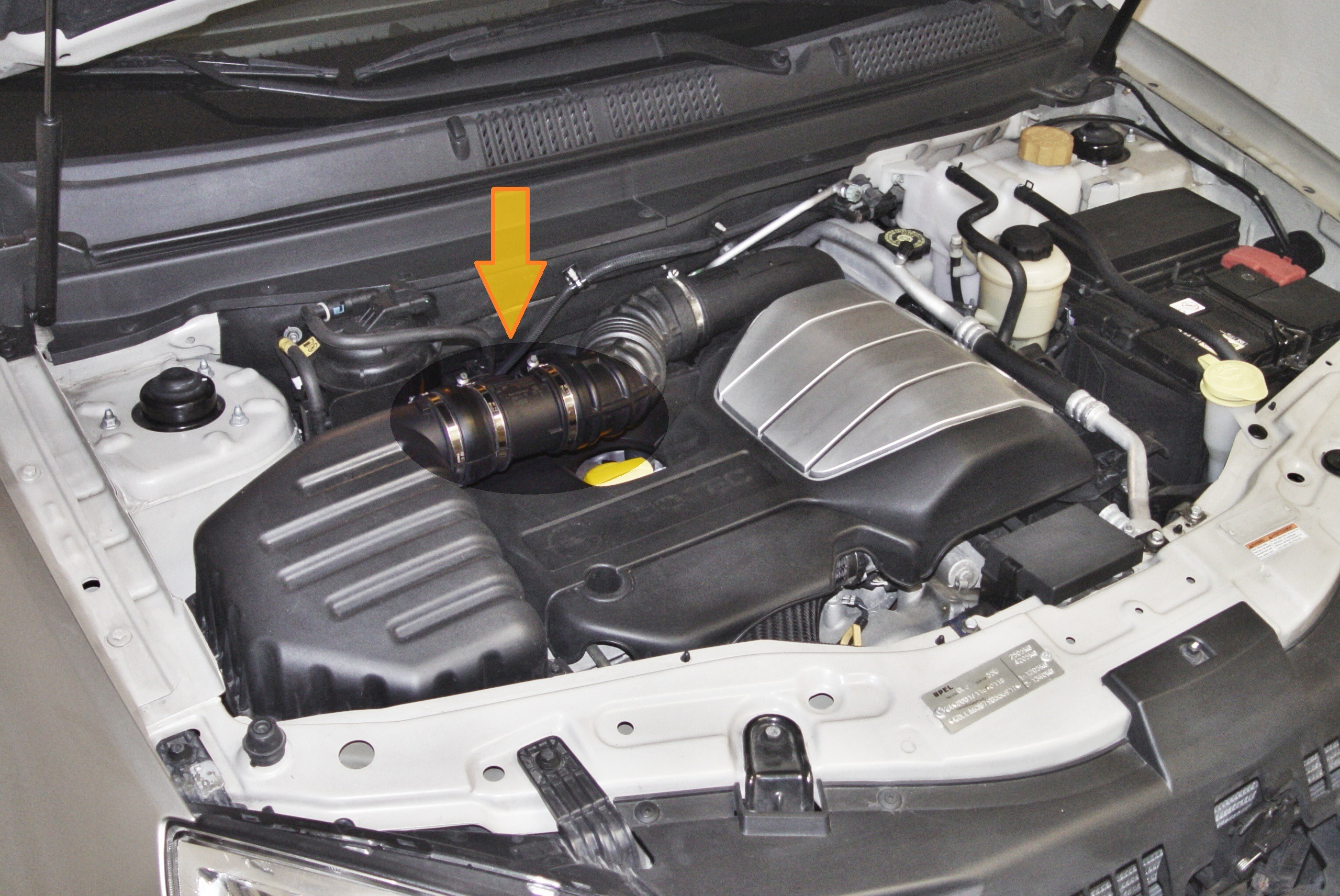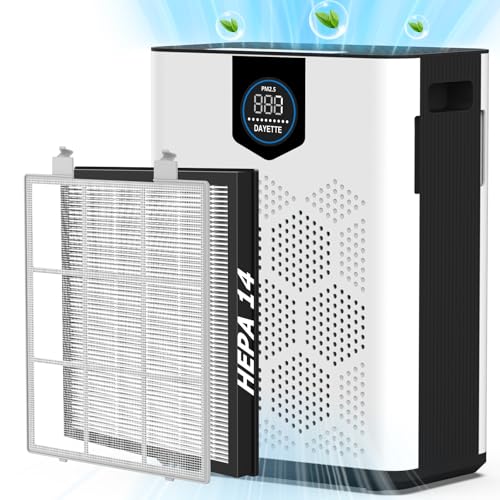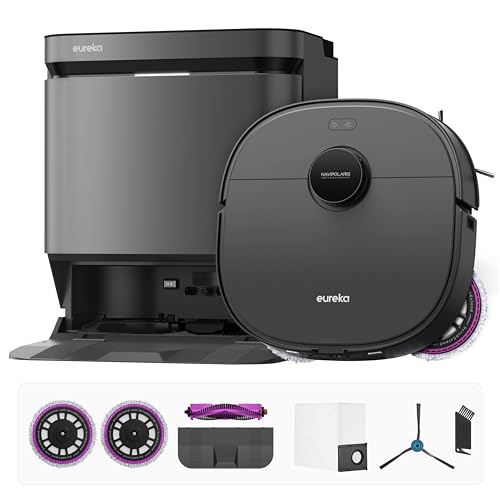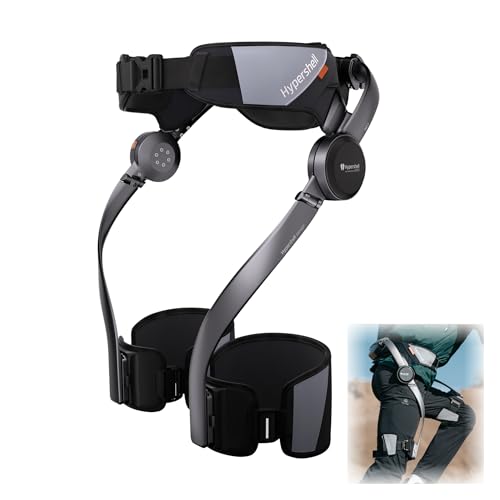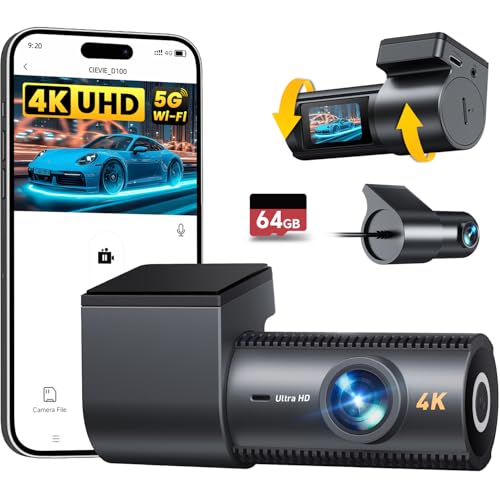Pre-built gaming PCs promise plug-and-play convenience, but manufacturers hide catastrophic risks behind flashy marketing. Cheap power supplies don’t just fail quietly—they can fry your $1,000 graphics card when they melt down. You bought a gaming PC to avoid headaches, not create expensive computer problems. Even mainstream brands like Dell and HP cut corners on the components you can’t see, turning your investment into a ticking time bomb.
When Power Supplies Turn Into Component Killers
Many pre-built gaming PCs—especially those under $1,500—ship with no-name power supplies that lack basic efficiency ratings or brand labeling. These units frequently provide insufficient wattage for the advertised GPU, creating a recipe for thermal runaway and voltage spikes. When they fail, the damage cascades beyond the PSU itself, destroying motherboards, graphics cards, and storage drives in spectacular fashion.
Checking PSU quality before buying is like reading restaurant health grades—ignore it at your peril. Most manufacturers explicitly exclude coverage for component damage caused by PSU failures, meaning you’ll pay full replacement cost for every fried part. That RTX 4070 that died alongside the bargain PSU? You’re buying another one out of pocket.
The Proprietary Component Prison
OEMs deliberately use proprietary components to kill upgrade paths and force complete system replacements. Custom motherboard layouts feature unique power connectors, locked-down BIOS versions, and undersized cases that physically prevent standard PSU installations. Planning to upgrade your GPU in two years? These proprietary connectors have other plans.
The Lightning cable strategy has invaded your entire PC, turning incremental improvements into expensive impossibilities. What appears competitively priced initially becomes a costly dead end when you need more performance, creating higher lifetime costs than building your own system.
The Smart Buyer’s PSU Checklist
Always verify the PSU brand and certification—legitimate units display 80 Plus Bronze ratings or higher with clear manufacturer branding. Look for names like Corsair, EVGA, or Seasonic, not generic “600W Power Supply” listings. If they won’t specify the PSU details, walk away immediately.
Research teardown reports and component lists before purchasing; transparent manufacturers signal lower hidden risks. Confirm standard ATX or micro-ATX cases and motherboards, not just CPU and GPU specifications. Your future upgrade flexibility depends on these invisible decisions made during assembly.


